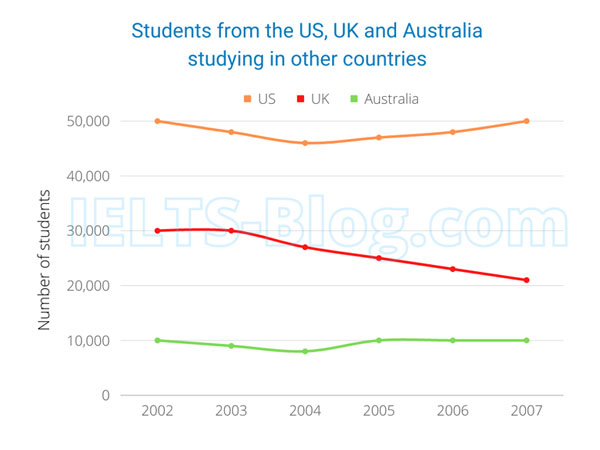5 Mistakes in IELTS writing that keep you from scoring a Band 7

You probably don’t want to hear this, but…
It’s not the IELTS examiner that is harsh on you. It’s YOUR WRITING.
Before you get offended, let me explain. There is a famous saying “You don’t know what you don’t know” and so many IELTS test takers aren’t aware of these little – yet costly – mistakes. They honestly think that their writing was 100% fine. They simply don’t understand how they lost all those marks, scoring a lousy Band 6 when they expected a 7.5 at least.
If this happened to you, here are the 5 major reasons why you got a low score in your IELTS writing test:
Mistake 1. Using informal language in your IELTS essay
Many students think that if it’s OK to use an informal expressions in Speaking, then it must be fine for their Writing. It is NOT! Forget about ‘I recon’ and use ‘In my opinion’. Don’t say heaps of people’ – say ‘a number of’ or ‘many people’.
Mistake 2. Addressing the question only partially
For example, if the essay topic has two questions in it, such as “Why is this happening? What can be done to improve the situation?’ – you need to answer both questions. Ideally dedicate 1 paragraph to each question.
Mistake 3. Not making your opinion clear
When the essay topic is asking “Do you agree or disagree”, don’t stay neutral like Switzerland! Pick a side and say on more than just one occasion how you, personally, feel about this. Make sure your opinion is in the introduction and in the conclusion, and if you can hint at it in the body paragraphs, that would make your essay even better.
Mistake 4. Using words you don’t fully understand
This is a very common mistake. You don’t want to sound repetitive, so you open a dictionary and look up synonyms for ‘important’. Oxford dictionary says ‘supreme’ is one of them, so you go ahead and use it in a sentence. But ‘supreme’ means not just important, but THE MOST important – and if you mention a number of things of equal importance, this would be a wrong word to use!
Mistake 5. Not separating your paragraphs
It’s very, very simple. Examiners need to see your paragraphs. If you don’t leave enough space between them, it makes your essay harder to read, because when two paragraphs are joined together (they look like one block of text), the examiner may think it’s one paragraph and he/she will expect to read about just ONE main idea, not two. This will lower your Coherence and Cohesion score.
How many of these mistakes can you find in your own essay? Let me know in the comments!



